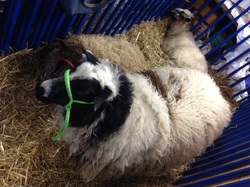 Icelandic sheep at MD Sheep & Wool Festival.
Icelandic sheep at MD Sheep & Wool Festival. Most Icelandic sheep today have horns in both sexes, though on occasion there will be a ewe with no horns or a sheep with four horns. They are classified as a medium sized sheep with ewes weighing 150-160lbs and rams weighing 200-220lbs. (OSU)
These animals are double-coated with a variety of possible colors: black, brown, gray, brown-grey, white and patterned colors as well, such as badger-face or mouflon. Many Icelandic flocks today are primarily white, possibly due to selective breeding but I will note that the dominant genetic pattern in Icelandics results in all color being inhibited and, therefore the product is an all white sheep. (Sveinbjarnardottir-dignum, 10) Based on that fact, I have to wonder if possibly more white sheep would not just result naturally over time.
Like many primitive sheep, the Icelandic will shed its wool making it possible to roo (pluck) the wool in the summer rather than shear it. The tog and thel shed also shed at different times, allowing one to obtain wool that is largely free from hair.
Icelandic wool is also not as greasy compared to many other breeds. I have several whole fleeces and none of them were so unctuous that I could not easily spin in-the-grease if I so chose. The Soay and Shetland that I have handled, however, were so heavy with lanolin that I would not much care for the experience of spinning those unwashed.
Sources Cited:
- Dýrmundsson, Ólafur and Niznikowski, Roman. “North European short-tailed breeds of sheep : a review,” 59th Annual Meeting of the European Association for Animal Production. 2008
- Ekarius, Carol and Robson, Deborah. The Fleece & Fiber Sourcebook: More Than 200 Fibers, from Animal to Spun Yarn (Storey Publishing, LLC), 2011.
- Oklahoma State University. “Breeds of Livestock Project”. www.ansi.okstate.edu/breeds/sheep/
- Ryder, M. L. Sheep & Man (Gerald Duckworth & Co.), 1983.
Resources for Icelandic Wool in the U.S.:
- Icelandic sheep breeders of North America: http://www.isbona.com/breeders.html
- Tamarak Farm - I have bought both wool and pelts from these folks: http://www.tamarackfarmsheep.com/
- Morning Star Meadows - I have purchased a lovely whole fleece from this farm: http://morningstarmeadows.wordpress.com/contact-us/
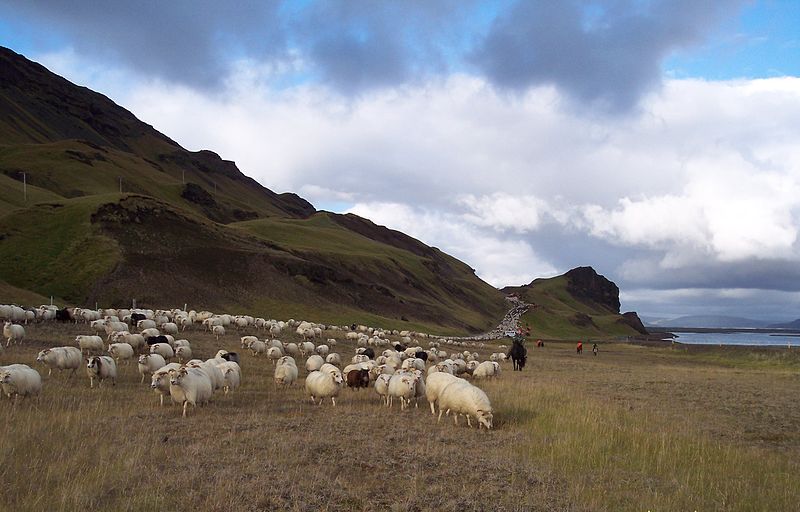
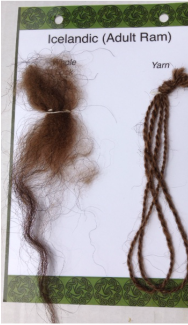
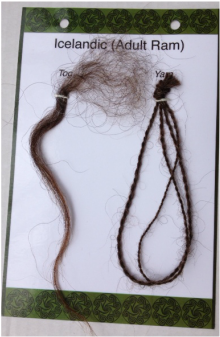
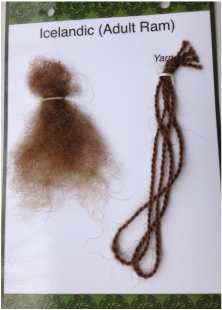
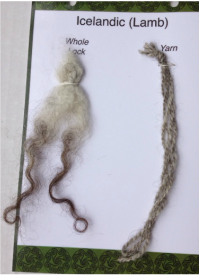
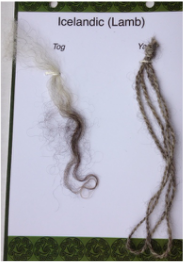
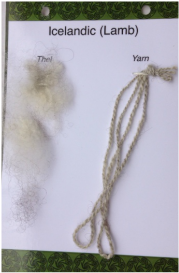
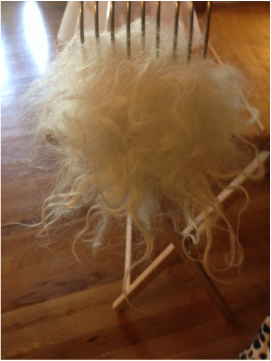
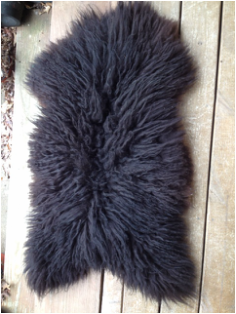
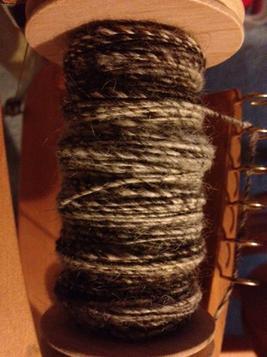
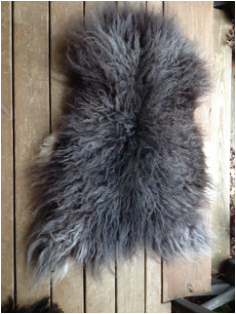
 RSS Feed
RSS Feed